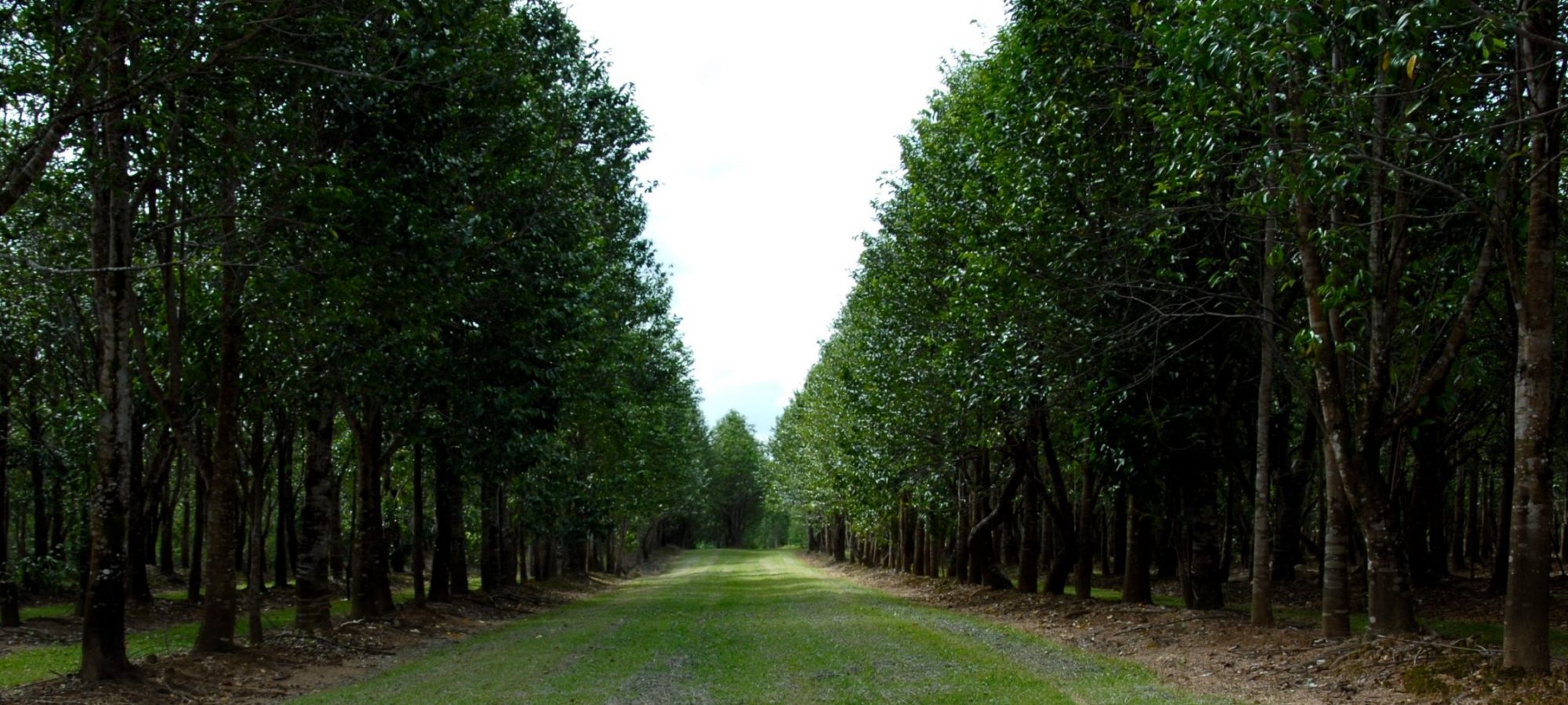Wescorp Agarwood – History
The “Wood of the Gods” has at least a 3,000 year history in the Middle East, Japan and China. Only Kings and the very wealthy were able to benefit from its powers.
There are references to agarwood in the literature of India. The Indian poet Kalidasa once wrote: “Beautiful ladies, preparing themselves for the feast of pleasures, cleanse themselves with the yellow powder of sandal, clear and pure, freshen their breast with pleasant aromas, and suspended their dark hair in the smoke of burning Aloeswood.”
King Louis XIV of France had his shirts washed in rose water in which Aloeswood had been previously boiled.
There are a total of five places in the Bible where Aloeswood appears. Nicodemus brought it (pounded Aloeswood) to embalm the body of Christ (John 19:39).
It was used by the Egyptians at the time of the pyramids for embalming privileged dead bodies. In Buddhism, the most precious string of beads is made with 108 beads made from agarwood. In ancient China the wealthy chooses Aloeswood to make their coffins. There are many references on other web-sites for further information which include www.aloeswood.cn.
The tragedy of the agarwood industry is that the whole of the tree has to be felled to obtain the valuable inner layers. Not all trees contain the agarwood in the wild and there are occasions where 10 trees will be cut down to find agarwood in only one. Unsustainable Aquilaria harvesting in natural forests has resulted in near extinction in many areas of South East Asia. Many of the species are now listed as a protected tree and are recorded with CITES red data book. See www.cites.org.

